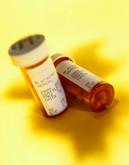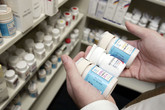Generics/Research
|
Posted 10/07/2020
Since the enactment of Hatch-Waxman Act in 1984, use of generics has grown substantially in the US. Generics now account for nearly nine out of 10 prescriptions and are considered a cost-containment solution for escalating healthcare expenditures [1]. However, several factors may influence the use of generics including, but not limited to, the perception of the safety and effectiveness of these products [2]. The US Food and Drug Administration’s (FDA) standard of bioequivalence requires similar pharmacokinetic (PK) profiles of generic versus reference drug products with the assumption of similar pharmacodynamic (PD) effect. However, several instances related to generics substitution and treatment failures have led to concern particularly for drugs with narrow therapeutic indices and in therapeutic areas with severe effectiveness and safety outcomes.






















